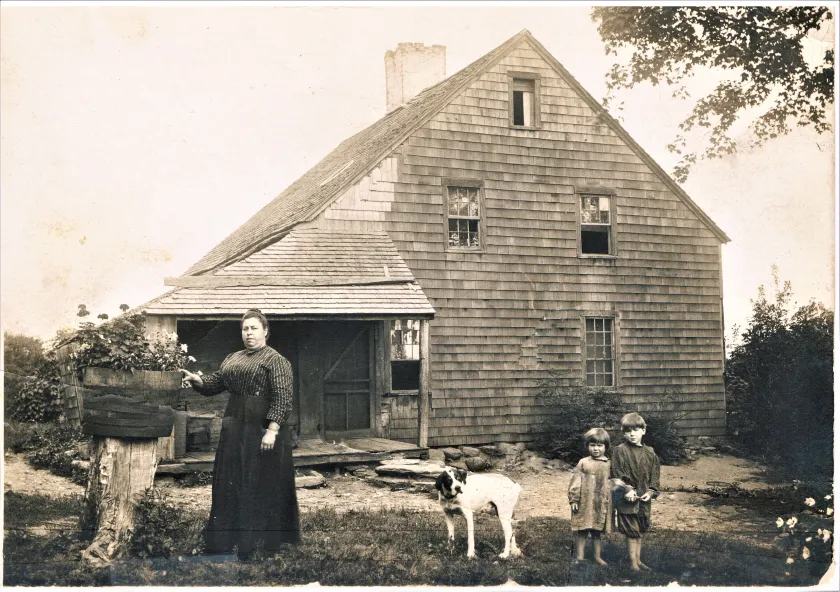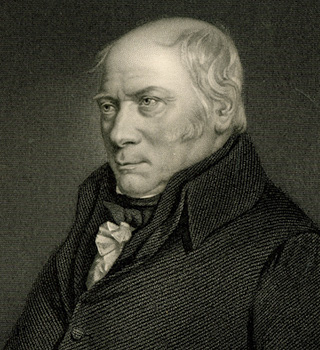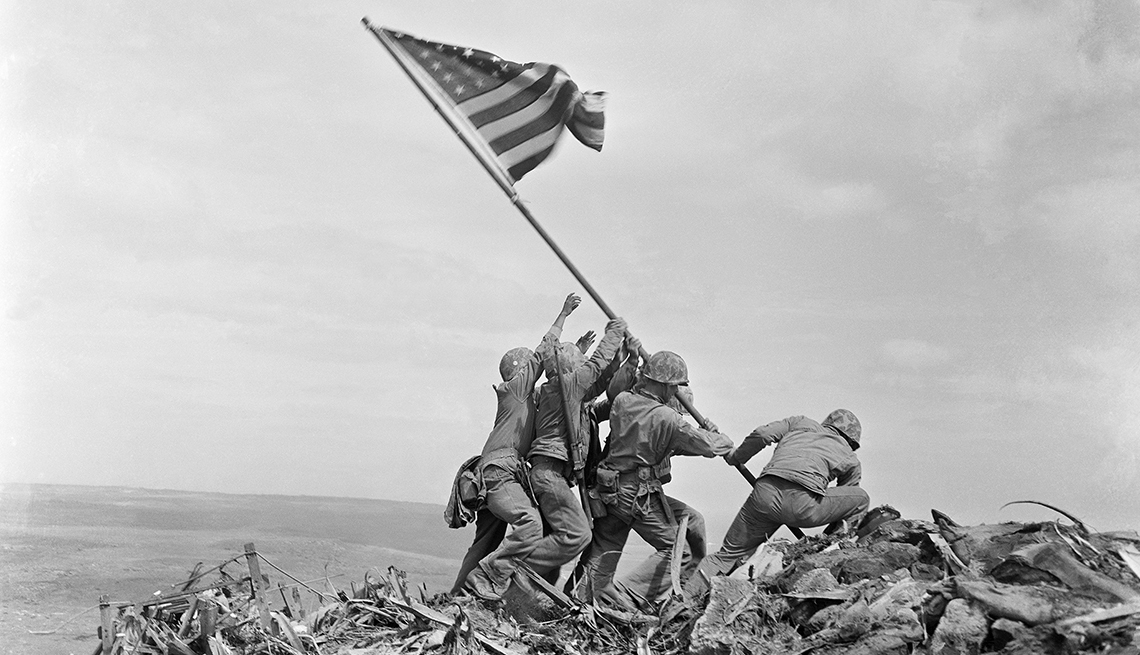Stuttgart, located in southwestern Germany, boasts a rich history that spans over a thousand years. From its origins as a Roman military outpost to becoming a key center of the Duchy of Württemberg during the Middle Ages, Stuttgart has played a vital role in shaping the region’s political and cultural landscape. The city’s prominence grew during the Industrial Revolution, becoming a hub for manufacturing, particularly in the automotive industry, with world-renowned companies like Mercedes-Benz and Porsche originating from the region. Stuttgart has also been an epicenter of cultural and architectural development, with historical landmarks such as the Old Castle and New Castle reflecting its royal past.
In the modern era, Stuttgart has cemented its status as one of Germany’s leading cities. It is now recognized as a global center for automotive engineering, cutting-edge technology, and research. Home to several prestigious universities and research institutions, it draws talent from around the world. Stuttgart’s cultural scene is equally impressive, featuring internationally acclaimed ballet, opera, and museums. The city has embraced innovation while preserving its historical legacy, making it a dynamic blend of tradition and modernity in Germany today.
Early Beginnings
Stuttgart’s history can be traced back to its Roman origins, when the region was part of the Roman Empire’s frontier along the Limes Germanicus. During this period, the area served primarily as a military outpost designed to secure Roman territory and oversee local trade routes. Archaeological evidence suggests that the Romans established small settlements and infrastructure in the region, laying the groundwork for future development.
As time passed, the region around Stuttgart transitioned from its Roman military roots into an agricultural hub, especially during the early Middle Ages. It was during this time that horse breeding became a significant activity in the area, shaping its economic and cultural identity. The name “Stuttgart” itself derives from “Stutengarten,” meaning “mare’s garden,” a reference to its reputation as a center for breeding horses. This agricultural foundation would eventually play a crucial role in the city’s early growth and establishment as a vital settlement in the region.
Middle Ages
During the Medieval period, Stuttgart was part of the Duchy of Swabia, one of the prominent territorial entities in the Holy Roman Empire. Initially a small settlement, Stuttgart’s strategic location along important trade routes contributed to its gradual growth as a market town. By the 13th century, Stuttgart had become an essential center for commerce and trade, drawing merchants and artisans from surrounding regions. Its economy flourished through agriculture, crafts, and the local wine industry, helping the town gain prominence within the region.
A turning point in Stuttgart’s medieval history was the influence of the House of Württemberg. This noble family rose to power in the late 13th century and quickly made Stuttgart their seat of power. Under the Württembergs, Stuttgart transformed from a modest market town into a political and administrative center. The construction of key structures, such as the Old Castle, symbolized the town’s growing significance. The House of Württemberg played a pivotal role in shaping Stuttgart’s governance, economy, and cultural landscape, establishing the foundation for its future as the capital of Württemberg and a major urban center in the region.
Stuttgart during the Renaissance
The Renaissance period marked a time of significant cultural and economic growth for Stuttgart, largely driven by the influence of the Dukes of Württemberg. During this era, the city began to embrace the flourishing ideas of art, science, and humanism that were spreading across Europe. The Dukes of Württemberg, particularly Duke Christoph (1515–1568), played a crucial role in transforming Stuttgart into a center of culture and learning. They invited scholars, artists, and architects to the city, fostering an environment that celebrated intellectual and artistic achievement.
Economically, Stuttgart continued to grow as a hub for trade, bolstered by its agricultural production and crafts industries. The city also saw an increase in architectural and urban development. One of the most significant projects of this period was the expansion and reconstruction of the Old Castle (Altes Schloss), which became the residence of the Württemberg dynasty. Originally a medieval fortress, the castle was transformed into a grand Renaissance palace, symbolizing the city’s newfound cultural importance. The construction of other landmarks, such as the Collegiate Church (Stiftskirche), also took place during this period, further establishing Stuttgart as a vibrant and prosperous Renaissance city.
The Renaissance era thus solidified Stuttgart’s status as both a political center under the Württembergs and a burgeoning cultural hub in the region.
18th and 19th Centuries
The 18th and 19th centuries were transformative for Stuttgart, as the city emerged as a significant player in the industrial and political arenas. During the Industrial Revolution, Stuttgart began its evolution from a predominantly agricultural town into a manufacturing hub. The city’s strategic location and growing population made it an ideal center for the production of textiles, machinery, and, eventually, automobiles. This period laid the foundation for Stuttgart’s future status as a leader in the automotive industry.
The Napoleonic Wars in the early 19th century had a profound impact on Stuttgart and the broader region. As Napoleon reshaped the political landscape of Europe, Stuttgart found itself at the center of significant changes. In 1806, Napoleon elevated the Duchy of Württemberg to the status of a kingdom, with Stuttgart becoming the capital of the newly formed Kingdom of Württemberg. This shift brought greater political power and economic opportunities to the city, attracting investment and spurring urban development.
As the century progressed, Stuttgart became increasingly industrialized. The growth of industry, particularly in the automotive sector, began to shape the city’s identity. Early in the 19th century, figures such as Gottlieb Daimler and Carl Benz laid the groundwork for Stuttgart’s emergence as a center for automobile innovation. The early roots of iconic companies like Mercedes-Benz can be traced to this period, as Stuttgart became synonymous with engineering excellence and technological advancement. This industrial growth propelled Stuttgart into the modern age, transforming it into one of Germany’s most important cities by the turn of the century.
20th Century
The 20th century was a time of great upheaval and transformation for Stuttgart, shaped by the devastation of two world wars and its subsequent recovery. During World War I, Stuttgart, like much of Germany, suffered economic hardship and social unrest. The war drained resources and disrupted the city’s industrial output, leading to a difficult post-war period.
World War II had an even more profound impact on Stuttgart. The city was heavily bombed by Allied forces due to its strategic importance as an industrial hub, particularly in the automotive and manufacturing sectors. A significant portion of the city’s infrastructure, historical buildings, and residential areas was destroyed, including key landmarks such as the New Castle and the Old Castle. The bombings led to widespread displacement of the population, and Stuttgart was left in ruins by the war’s end in 1945.
However, in the post-war era, Stuttgart underwent a remarkable transformation. As part of West Germany, the city became a vital player in the country’s economic revival, known as the Wirtschaftswunder (economic miracle). With the support of the Marshall Plan and a strong focus on rebuilding its industrial base, Stuttgart rapidly recovered and experienced significant growth. The automotive sector, particularly companies like Mercedes-Benz and Porsche, played a crucial role in this resurgence. The city’s expertise in engineering and manufacturing helped drive both local prosperity and Germany’s overall post-war recovery.
By the late 20th century, Stuttgart had not only rebuilt itself but had also reestablished its position as a leading center of innovation and industry, contributing to West Germany’s rise as an economic powerhouse in Europe.
Stuttgart in the Modern Era
In the modern era, Stuttgart has solidified its reputation as a global leader in automotive innovation and advanced technology. Home to some of the most renowned automobile manufacturers in the world, such as Mercedes-Benz and Porsche, the city continues to be at the forefront of engineering excellence. Stuttgart’s automotive sector remains a cornerstone of its economy, with research and development in electric vehicles and sustainable mobility pushing the city’s influence beyond traditional manufacturing. This ongoing innovation has helped Stuttgart maintain its position as a key player in Germany’s high-tech and industrial landscape.
Culturally, Stuttgart has experienced a renaissance, emerging as one of Germany’s most vibrant cultural centers. The city boasts world-class museums, such as the Mercedes-Benz Museum and the Stuttgart State Gallery, which attract visitors from around the globe. Additionally, Stuttgart is famous for its lively festivals, including the annual Cannstatter Volksfest, one of the largest beer festivals in the world, and the Stuttgart Ballet, which is internationally acclaimed. With several universities and research institutions, Stuttgart also serves as a hub for academic excellence and creative arts, drawing students and scholars from various disciplines.
Today, Stuttgart holds a prominent position in contemporary Germany, not only for its industrial contributions but also for its forward-thinking environmental policies and sustainable urban planning. The city has embraced green initiatives, focusing on reducing emissions, promoting renewable energy, and integrating public transport with eco-friendly technologies. This balance between industry, education, and environmental responsibility has made Stuttgart a model for other cities, blending tradition with innovation to shape a sustainable and prosperous future.
Conclusion
Stuttgart’s journey through history is a testament to its resilience and adaptability. From its humble beginnings as a Roman settlement, it evolved through the Middle Ages into a key market town and political center under the House of Württemberg. The Renaissance brought cultural and architectural growth, while the 18th and 19th centuries marked Stuttgart’s emergence as an industrial powerhouse, particularly with the rise of the automotive sector. The city endured the devastation of two world wars, only to rise from the ashes during Germany’s post-war economic miracle, reclaiming its place as a center of innovation.
Today, Stuttgart stands as a dynamic metropolis that balances its rich historical legacy with modern progress. Its significance in both historical and contemporary contexts is undeniable, serving as a symbol of Germany’s industrial and cultural strength. With a deep connection to its past and a forward-looking approach to technology and sustainability, Stuttgart continues to shape its future while honoring the roots that made it a global icon.



